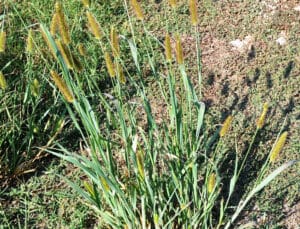Cornus stolonifera ‘Farrow’
Description:
You may feel your winter landscape can become a bit monotonous with only green, brown, and white. Luckily, the Arctic Fire Red Twig Dogwood breaks up that sameness with its vibrant, wintertime red! Winter isn’t the only time this plant is appealing, though. In fall, this Dogwood sprouts berries, and in spring, it develops green leaves with delicate white flowers for added garden interest.
Planting an Arctic Fire Dogwood in your yard brings many benefits. It’ll offer erosion control and can even thrive on difficult-to-plant slopes. It’s also great for planting in a hedge or row. What’s more, both birds and butterflies flock to it in the warmer seasons.
Planting
In terms of sunlight requirements, this Dogwood will tolerate partial shade, but its signature red bark will be brightest if it’s planted in full sun (6 to 8 hours of sunlight daily) and well-drained soil. Dig your planting hole twice the width of the root ball and just as deeply enough so that it’s level with the surrounding area. Remove the plant from the container by gently tapping on the ground and easing the plant out of its container. Place the shrub in the planting hole and backfill with your blend of native and gardening soil and gently tap down to secure the plant. Water the planting site to settle the soil, then mulch to retain soil moisture.
Watering
Create a mulch barrier around the tree’s trunk at planting. Keep the mulch five or six inches away from the trunk itself to help the tree retain water. Water the Dogwood thoroughly once or twice weekly – if you’re not sure when to water, simply check the surrounding soil about 2 or 3 inches down. If the soil is dry here, it’s time to water.
Fertilizing
Fertilize your Dogwood yearly in early spring, following product label instructions closely.
Pruning
Pruning is not required, but you can choose to do so if desired to maintain a specific shape or height.
| Growing Information | |
| Mature Height: | 3-4 ft |
| Mature Width: | 3-4 ft |
| Sunlight: | Full to Partial Shade |
| Bloom Time: | |
| Growth Rate: | Fast |
| Grows Well in Zones: | 3-7 |
| Your Growing Zone: | 6 |





